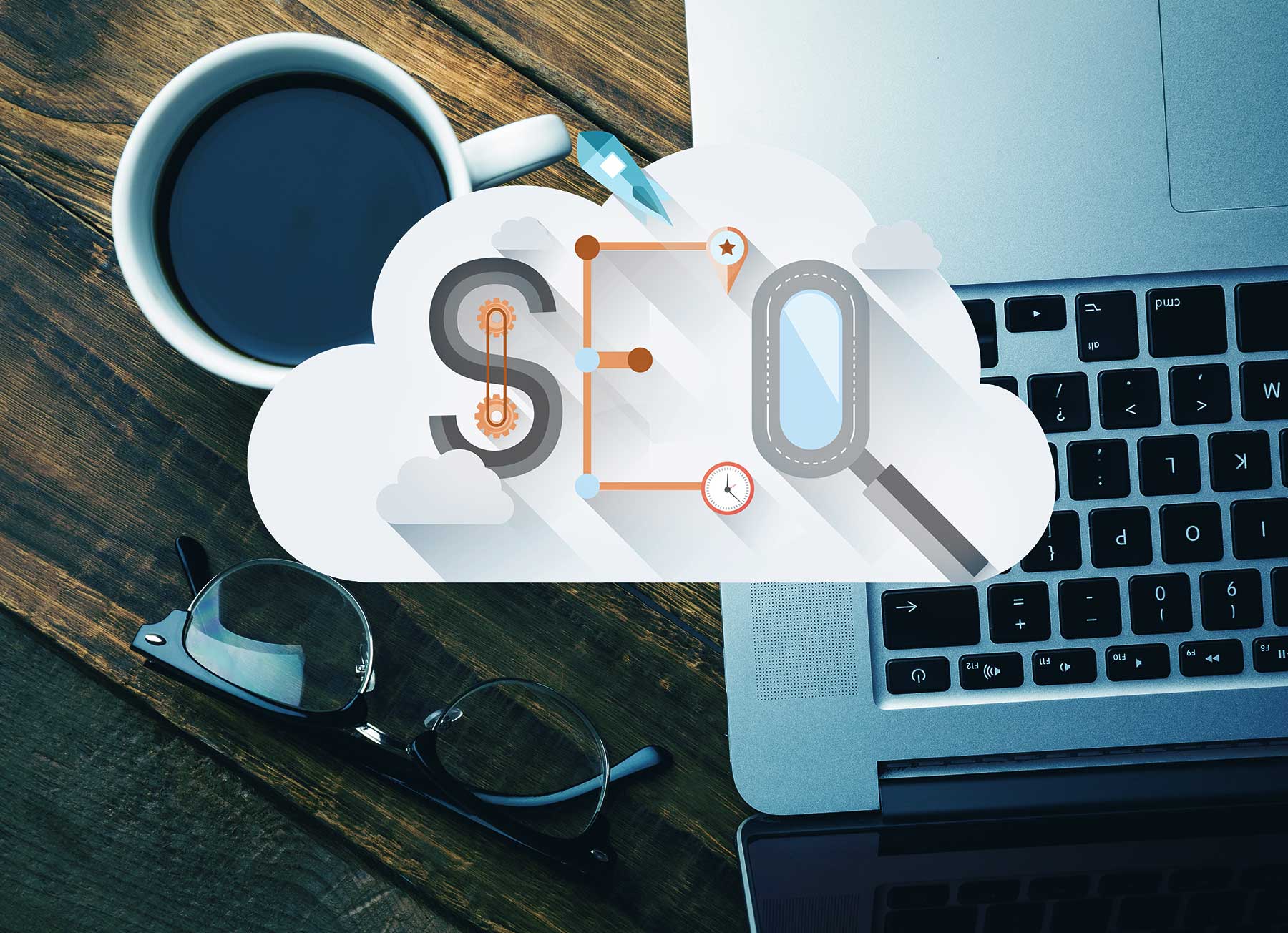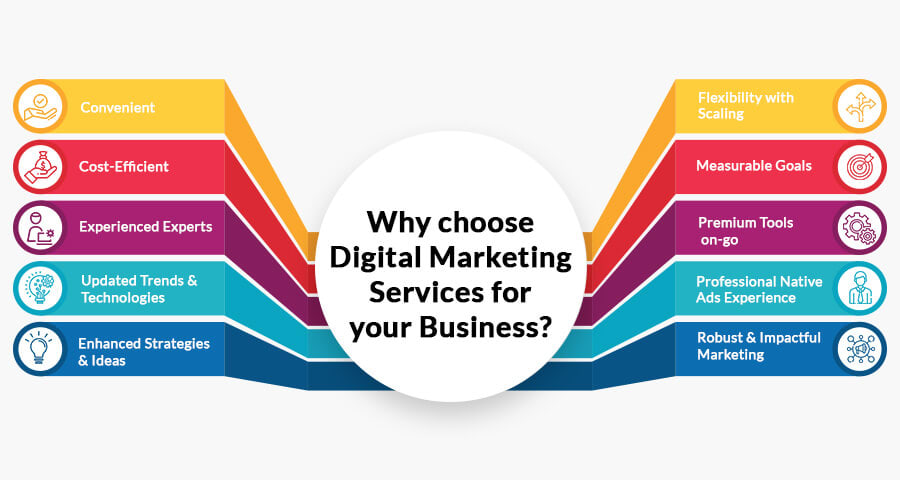A mobile app can be a great way to build customer loyalty and increase user engagement significantly. A well-designed app can help you earn your customer’s trust and improve sales numbers at the same time. If a customer has your app on their device, they are more likely to keep buying things from your business over the long term. However, your app should provide the user experience necessary to compel your customers. Here’s a look at some of the must-have features you will need on your platform:
1. Great User Experience
Everyone wants a unique and attractive platform, but there should be a balance between good design and confusing design. If the app looks pretty but the navigation is confusing, the user experience will be bad and customers will uninstall your app.
A good app has predictable navigation that doesn’t need special instructions. Things like a hamburger symbol to open a menu, the gear symbol to access settings, the human symbol to access a user account, etc. are all standard. Make sure the app has a good structure, logical layout, and accessible menus. It is important to keep the size of the mobile screens in mind when the app is created.
2. How-To Guides
Most people are familiar with apps but it is still a good idea to provide some instructions. Not everyone is tech-savvy enough to understand what your app is all about. Providing a how-to guide will improve the customer’s experience considerably and help you attract more customers across different age groups.
These how-to guides will also help you improve the customer experience overall, which will also increase the number of downloads.
3. Search Button
Few people have the time to search the entire app for what they want. If your app has a search bar, they can easily find what they need and continue with their browsing. This improves user experience considerably. A search button will allow people to do what they want quickly and easily, which is very important in their user experience journey.
If customers can’t find things quickly, they will become frustrated and look elsewhere. When it comes to apps, you need to keep long-term usage in mind. A customer may be willing to manually search for a product or service once or twice but they won’t be willing to do that all the time. If you want your app to stay on their device for a long duration, it is important to make things easier for your visitors.
4. Scalable Text and Images
An app should be useful for a wide range of people with different abilities. Many apps don’t have basic features like zoom and scalable text. That can be a hindrance for people with disabilities and eye problems.
Make your app as assessable as possible by enabling scalability, adding a read-aloud option, and providing other such conveniences. That will not only help you reach a group of customers that often face hurdles but also improve the brand image as a whole.
Adding speech recognition and text-to-speech capabilities will also help people who can’t access the device at times. For example, the customer may want to use your app while driving or cooking and text-to-speech can come in handy during these times.
5. Personalized Push Notifications
Push notifications are the bread and butter of apps. They remind customers of the app’s existence while making them aware of the different offers, sales, or events available. While normal push notifications are effective, customized push notifications are even better. They are tailored according to the behavioral insights collected by the app and offer the customers exactly what they need.
Personalized push notifications don’t just improve user engagement and sales, but also strengthen brand presence. The customer subconsciously realizes that everything they need is already available to them. When they want something new, they will check your app first before looking at the competitors.
Personalized push notifications should send out regular alerts but in moderation. If you send too many alerts, the customer may feel annoyed and either mute the notifications or delete the app. It is best to work with your marketing team to ensure your push alerts are useful and not disruptive.
6. Synchronization
Many customers carry out their shopping over multiple devices. They may add a product to their cart on their mobile phone but check out the product on their computer or tablet. It is important for your app to synchronize seamlessly across different platforms. Most customers won’t bother to look for a product again on their laptops and complete the transaction.
Most customers use the cart as a wishlist and add products to it even if they intend to buy them later. If your data is synchronized across different platforms, it will be easier to keep track of customer activities and provide a more convenient experience.
Synchronization also helps improve sales considerably because people can keep track of what they want across multiple devices.
7. CTA Everywhere
Make it easier for people to communicate with your customer service team. Make sure your chatbox is accessible from every page. Add the option to access customer service in the main hamburger menu. If the customer has to search for the contact options, they will quickly become frustrated. That’s especially true when they have a complaint and are angry with the brand.
The key to good customer service is to provide a solution as quickly and smoothly as possible. Make sure your customers can chat, email, or call your customer service team quickly for the best results.
Make sure your cart is also equally accessible so people can check out at any time without delays. Make the cart symbol big and attractive to draw immediate attention from the customers.
8. Caching
Apps work at their full capacity when they are connected to the internet. However, many customers may require the app when they can’t access the internet. For example, a customer may want to look at something while they’re on a flight or while they are in areas without reliable internet access.
The best way to ensure most of the app is available to the customer while they don’t have internet is data caching. If you keep most of the app data on the customer’s device, they will be able to use many features even when they are not on the internet.
Data caching can vary from one app to another based on the type of services you provide. For example, services like cab booking require an active internet connection but if you are an ebook store, you may want to provide options that allow people to read without an internet connection.
9. Feedback Ease
No app is perfect and customers recognize this. However, if they love an app, they will provide feedback to improve the quality of service. You need to make sure your app makes this effortless. Things like reporting bugs, dead links, errors, blank pages, etc, should be a breeze.
Feedback is very valuable because it can help you spot errors that you may have missed. That makes troubleshooting, app maintenance, and overall app management much easier. It also helps you provide better customer service in the long term.
When customers notice you have accepted their feedback and acted on it, they will have a better view of your brand. They will feel like they have contributed to the app’s success and become personally invested.
This also helps build brand loyalty and trust, which is valuable in the competitive business environment today.
10. Privacy Settings
Modern customers are often concerned about how their private data is handled by the brands they trust. They are also concerned about what apps can access and tamper with when they are on a device. Providing nuanced privacy settings and data opt-out options is a great way to ensure your customers have full control over their privacy.
Allow customers to opt-out of data collection and block all notifications from the app. While this might seem like a big ask, it can help you earn the customer’s trust. You can collect enough information from their transactions to benefit your brand without relying on other sources.
Honest and upfront privacy options improves the brand’s image and help customers trust you. It also makes them more willing to download and keep your app on their device, even after they switch their mobile phones.
11. Authentication
Mobiles are fairly secure but some customers prefer added security for their apps. That’s essential when your app deals with sensitive data like finance, mental health, physical health, etc. Multifactor authentication ensures that only the user can access the app and no one gets in without their permission.
Added security increases trust in the app and will help you reach a wider audience. It is important to incorporate security into the core of your app development. The more secure your app is the better.
If you have these important features on your app, it will be easier to reach a wide audience and retain them over the long term.


